Premium Only Content
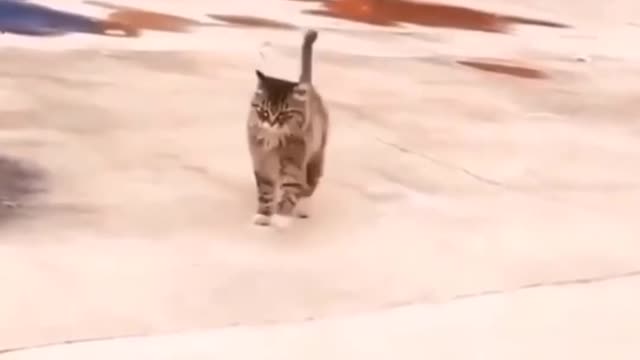
Come Check This Cat Strutting
Come Check This Cat Strutting
As beautiful as the fluid movement is to watch, make no mistake: it serves a predatory purpose. The carnivore lifestyle requires speed, flexibility, and agility to manipulate prey as well as for self-defense. Feline anatomy is built to order with front and hind legs having different structure and functional roles. Let’s start at the front and move to the back.
The collarbone, or clavicle, is small, or in some cats completely absent. It isn’t fused to the skeleton but attached to the chest by muscle. This design narrows the chest, allowing legs and feet to stay close together, permitting speed, long strides, flexibility, and efficient impact absorption.
The front legs are more flexible in rotation, with elbows that are hinged backward and slightly bent, shorter and straighter than the hind legs, and attached to the body by ligament and muscle. Front legs carry approximately 60 percent of body weight and are designed to catch the body weight that the hind legs propel forward.
The less flexible hind legs move forward and backward. They are longer and more angular than the front legs, propelling the cat forward and up and over objects.
At the base of each leg are the paws: fleshy, hairless, sensitive pads that support the body. Front paws have five toes each and back paws four toes each, for a total of 18. Feline toes have sharp, curved claws for gripping, climbing, protection, and balance. Cats are digitigrade; that is, they walk on their toes and the ball of the foot. The digitigrade posture enables the quick, quiet movement that defines stealthy predators.
Finally, the supple, flexible spine compresses and extends, allowing long strides for running and leaping.
-
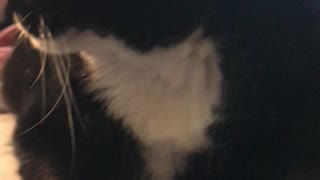 0:25
0:25
zone01
4 years ago $0.44 earnedCat cat cat cat cat cat cat
4.06K38 -
 0:08
0:08
jessicafletcher
5 years ago $13.22 earnedIrritated Cat Puts Owner In Check
5.47K2 -
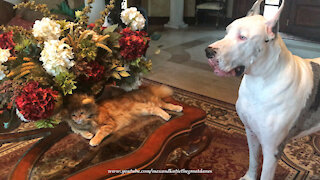 1:58
1:58
MaxandKatietheGreatDanes
4 years ago $0.01 earnedFunny Great Danes Check Out Cat In Halloween Lion Costume
560 -
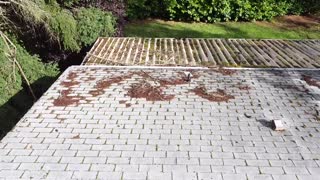 3:32
3:32
AlexanderIkaika45
4 years agoRoof Check Drone 2
1021 -
 0:12
0:12
Chamy7276
4 years ago $1.85 earnedWashington check
1.24K -
 0:26
0:26
Daboskusu
4 years agoCheck your Six
29 -
 0:04
0:04
Truheart
4 years ago $0.01 earnedBubble bath check
2151 -
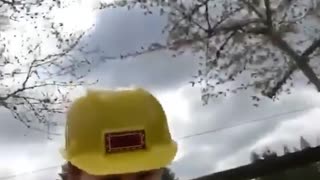 0:21
0:21
andrey1234
4 years agoCheck the fairy tale
63 -
 0:14
0:14
harchh
4 years agoMic check....
5 -
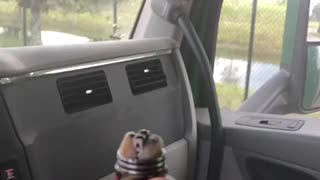 0:28
0:28
Allanon2020
4 years agoCloud check
8